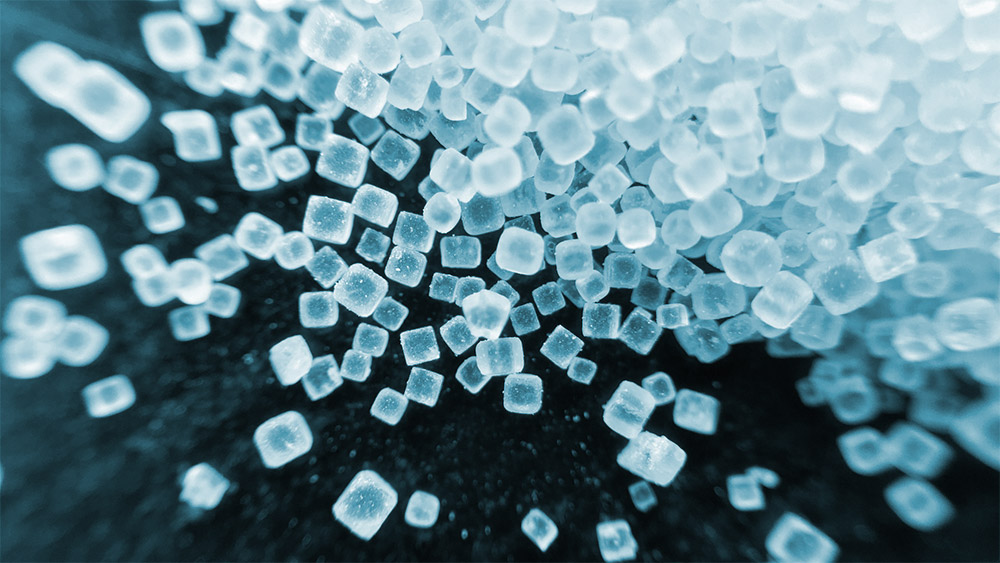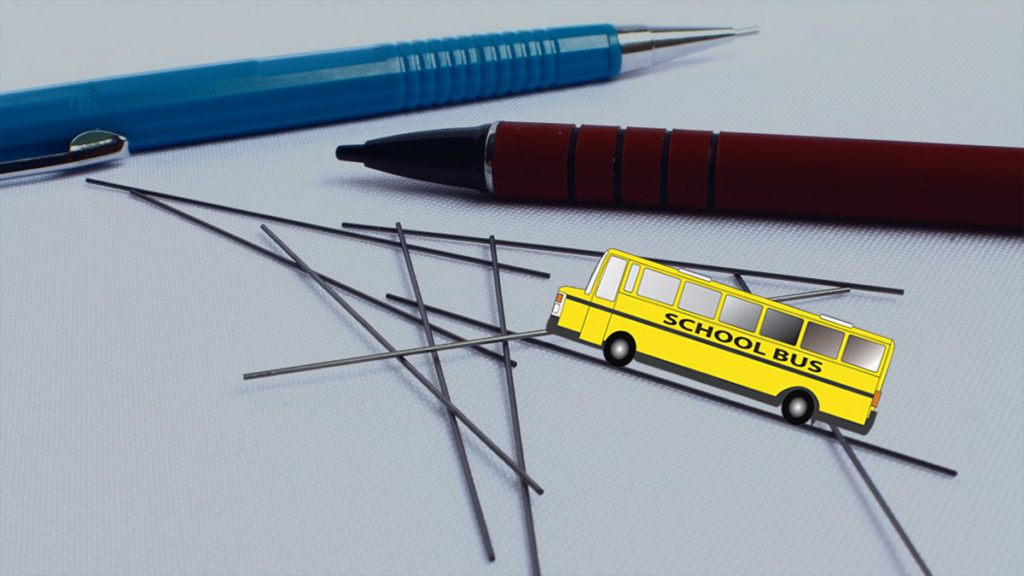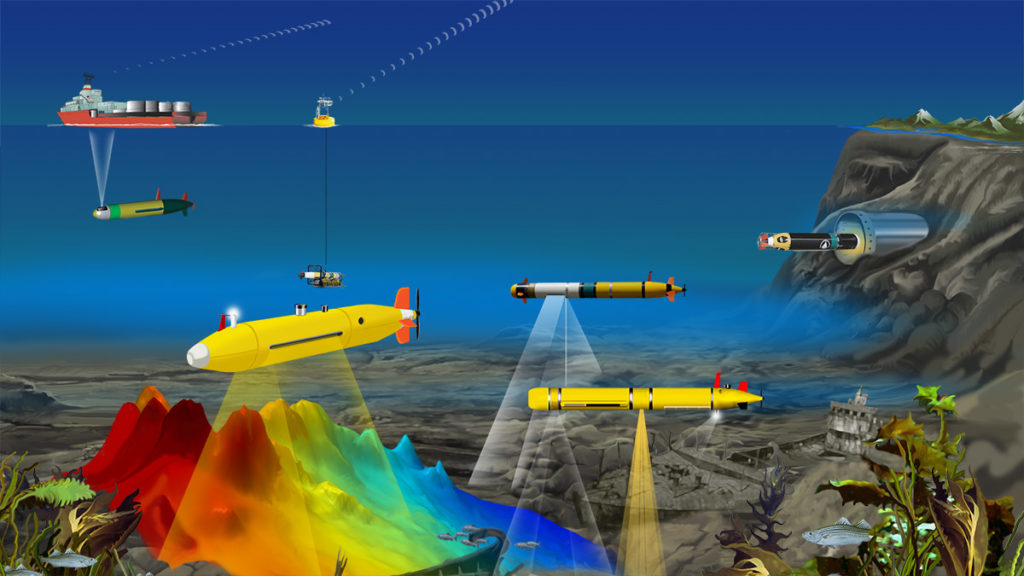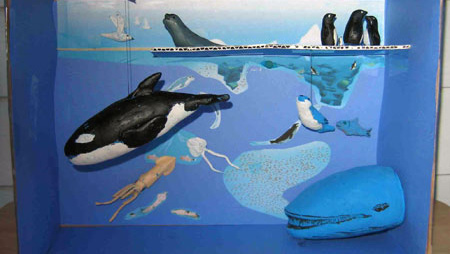For teachers
You can use Dive and Discover as a resource for:
- Extensions of existing lessons
- Homework assignments
- An introduction to a science unit
- A class project
- One lesson
- Multiple lessons during science unit
With Dive and Discover, your students are at the frontline of scientific inquiry as they join scientists—geologists, chemists and biologists—who are exploring the seafloor and making amazing new deep-sea discoveries. Daily updates, photos, videos and email correspondence with scientists from these research vessels allow your students to follow the progress of the scientific missions and find out about life on the floating laboratories at sea.
Incorporating Dive and Discover in the classroom
With the aid of educators involved in previous Dive and Discover expeditions, we have created a list of suggested strategies for use in the classroom. It's up to you to determine which strategies best fit your curriculum and identifies with your students' needs!
Hands-On Exploration - Classroom Activities
- Provide deeper understanding of processes and technologies used during scientific research. [see activities at right, for example]
- Provide real world connections to experiments performed by scientists on the expeditions.
Historical Connections
- Explore past scientific findings and how they have led to current research expeditions. [See Deeper Discovery's “History of Oceanography”]
- Explore how the Earth has changed over billions of years [See Deeper Discovery's “History of the Earth”]
Data Collection and Analysis
- Introduce students to some of the latest methods of data collection.
- Examine the procedures used in analyzing data.
Scientific Inquiry
- Explore the "why" and "how" scientists develop scientific research models.
- Allow students to experience the processes of questioning and hypothesizing.
- Communicate with and question the scientists as they are making discoveries. [See Mail Buoy from Expedition 13 for example]
Technology
Visit Deeper Discovery's Underwater Vehicles.
- Experience the latest research tools and cutting edge technology used by researchers.
- Observe the tools and instruments in action as researchers gather data and explore the ocean depths.
- Uncover the science and engineering used to develop new research equipment.
- Utilize Dive and Discover web site as a resource and technology tool
Problem Solving
- Experience the challenges encountered during scientific investigations and how scientists must redirect and develop new procedures to continue research.
Ideas for Classroom Use
- Use Dive and Discover research findings as topics for written reports.
- Create a worksheet of "daily questions" that requires students to search the web site and review research updates.
- Create a time line of oceanographic research/discoveries.
- Have students to create a journal or log that summarizes research and technologies used each day.
- Divide the class into groups and have each follow specific aspects of the cruise—vent life research, submersible dives, lava flow, plate tectonics, etc. and have each generate reports for the class.
Check the web site daily or once a week and have students:
- Create a log that lists the day's scientific findings and equipment used for the day's research.
- Summarize updates from each day in a Dive and Discover journal.
- List and define vocabulary terms.
- Assign students to daily updates and require a 3-5 minute oral report to the rest of the class.
- Have students make a 3-D model of a hydrothermal vent, using modeling clay or some other medium, and label the parts.











